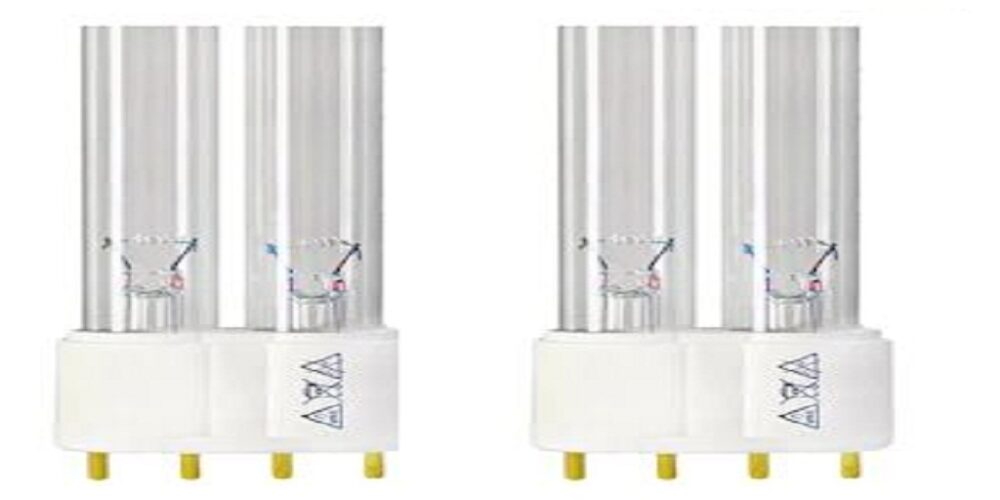Commercially, many UV light bulbs are UVC bulbs that are used for sanitizing food preparation surfaces, sterilizing medical equipment, treating wastewater, and other similar purposes. Because these types of UV lights emit harmful UVC radiation, they can be used to sterilize a variety of different tools, equipment, and surfaces. Care must also be taken to avoid exposure to them as they can be very hazardous to human health.
However, many UV LED bulbs emit UVA light, which is much less harmful to human health and produces a faint purple light. This is the type of UV radiation that is more commonly known as a “black light” and makes some things appear to glow strange colors.
Black lights make certain materials glow with visible light in a process known as fluorescence. This is probably most familiar to people who visit clubs and other scenes in which blacklights are used to create this popular effect. However, there are many other materials that are fluorescent, giving blacklights a variety of interesting uses.
1. Sanitation uses
Certain waste products are fluorescent, which means that you can use a blacklight in the bathroom or the kitchen to inspect for areas that may appear to be clean but need a little extra attention. If you notice that the sink or areas in the bathroom glow yellow, these need to be cleaned!
2. Inspecting for pet stains
Human waste is not the only thing that’s fluorescent. Pet waste is fluorescent, too, which makes black lights highly useful for home inspectors and potential buyers. A black-light can be used to detect areas of carpeting or flooring where there have been pet stains in the past and can be used in assessing the value and quality of flooring.
3. Inspecting areas for signs of vermin
Certain wastes produced by vermin like mice and rats are also fluorescent, which means that some exterminators use blacklights to detect otherwise hidden signs of infestation. You can use this around your own home, too, if you suspect that you might have mice hidden somewhere within the house.
4. Checking for certain types of leaks
Many different types of oils, refrigerants, antifreeze, and other liquids used in industrial and mechanical applications (such as in cars) are treated with a trace compound fluorescent. This makes them glow under a blacklight and makes leaks easier to spot. Mechanics use black lights under cars to check for signs of dangerous leaks – and with a black light, you may be able to detect them as well.
5. Checking to see how much UV light glass blocks
Another cool use for a black light UV LED bulb is to see how much ultraviolet radiation a pane of glass blocks. This is useful for checking your windows in your home or your car. Take a sheet of white paper and you’ll notice that it fluoresces under a black light because it’s treated with phosphors. Put the white paper behind the glass you want to check and shine a black light on it through the glass. If the paper glows, the glass does not block any ultraviolet light; if it doesn’t it blocks at least some of it.
It should be noted that these uses should never be attempted with germicidal bulbs that emit UVC light, as these are harmful to human health. However, some of these interesting tests can be safely performed with a blacklight. If you’re looking for a wide range of lighting technology, UV germicidal, LED lighting, and incandescent bulbs, visit Atlanta Light Bulbs at AltantaLightBulbs.com. There, you’ll find all of the products you need, and a customer service team that knows a thing or two (or several more!) about them. Check out their website today or give them a call at 1-888-988-2852 if you have any questions about this interesting lighting technology.












